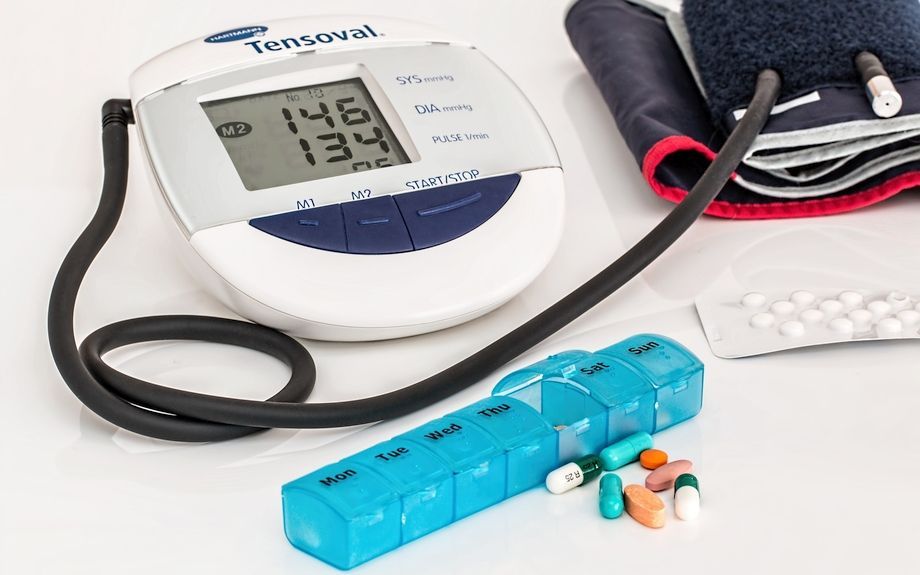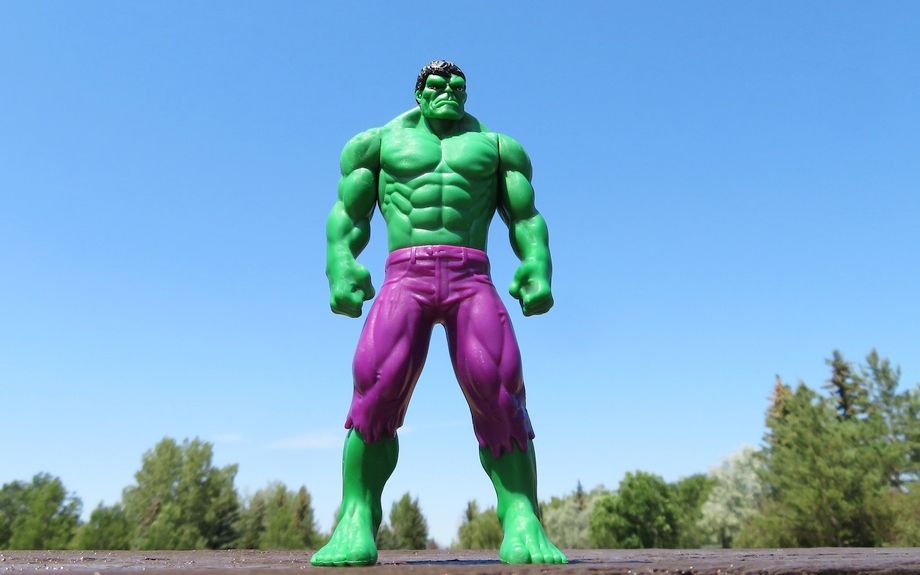Lower Back Pain
Lower back pain associated with Disc Herniation, Chronic Psoas Tightness, and other conditions can be treated with bodywork therapies that promote and maintain strong backs, healthy spines, and good posture.
The post Lower Back Pain appeared first on Hands On Healing.



